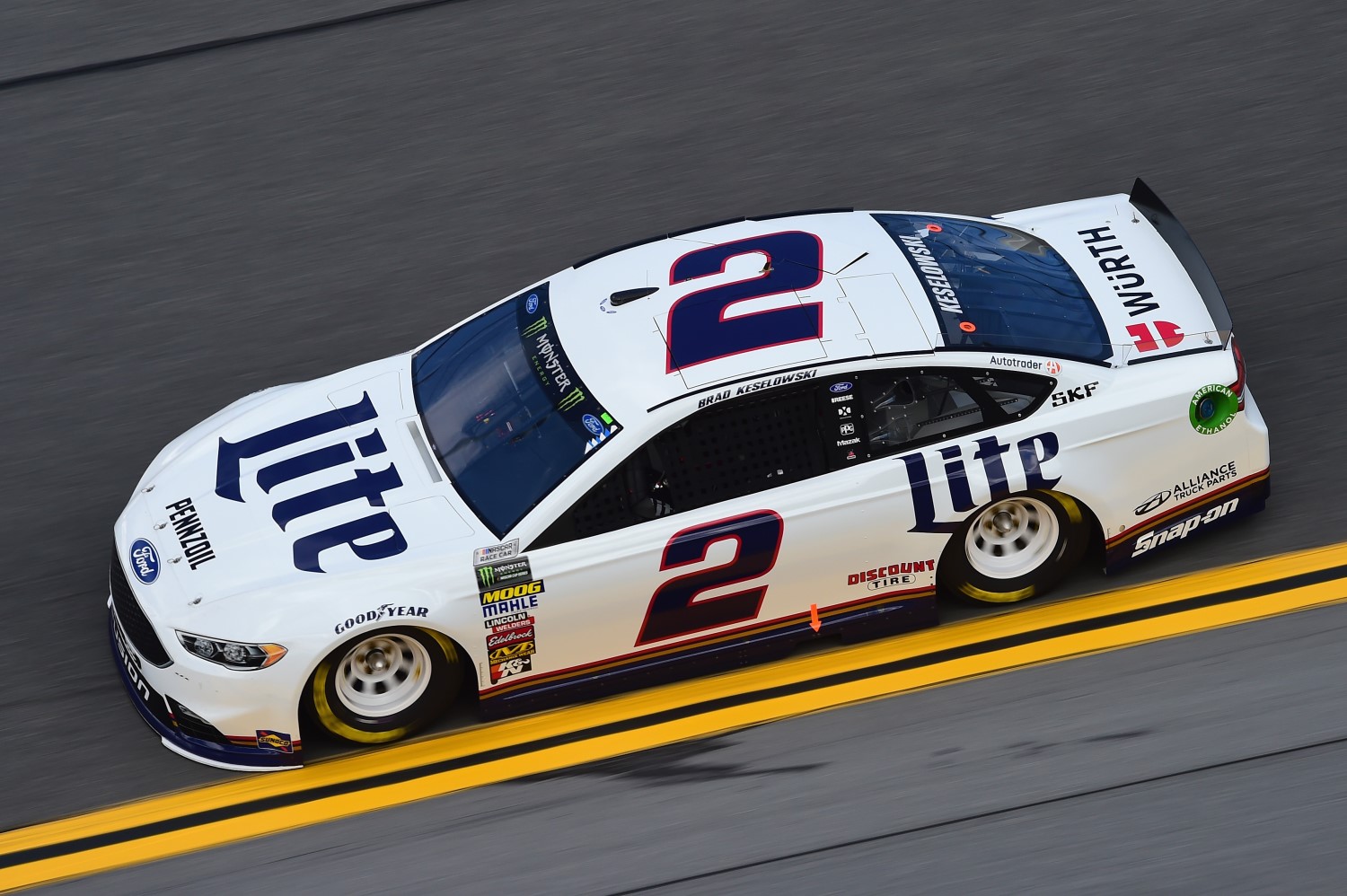Ford may be forced to race its SUVs in NASCAR (Update)
 |
| Ford is deep-sixing cars like the Taurus it races in NASCAR. How long before NASCAR has to switch to racing Ford Explorers? |
UPDATE Ford last week announced drastic plans to drop most of its passenger car lineup in North America in order to focus on utility-type vehicles, i.e. SUVs, pickup trucks and commercial vans.
Under the plan, the only cars the Blue Oval will sell will be the Mustang and a new Focus Active (a soft-roader version of the redesigned 2020 Focus.) The transition is expected to be completed around 2020.
“We’re going to feed the healthy part of our business and deal decisively with areas that destroy value," Ford CEO Jim Hackett said during the company's first quarter earnings call last week.
Ford CFO Bob Shanks identified passenger cars, “most Lincoln products," and some of Ford's overseas operations as areas that currently destroy value. It should be noted that there haven't been any cuts announced for Lincoln yet.
Ford has said in the past that it sees the consumer shift toward utility-type vehicles as permanent, and for now the numbers support the automaker's view.
For example, utility-type vehicles accounted for 68 percent of sales in the United States during the first quarter and analysts expect this figure to grow further in coming years, Automotive News (subscription required) reported Monday. And for Ford, they represented about 92 percent of its sales in the U.S.
And when it comes to the type of vehicles consumers want from Ford, things might actually be skewed more toward utility-type vehicles in reality as a large portion of Ford's passenger car sales are made to fleet buyers like rental companies.
Ford now expects to save $25.5 billion by 2022 from cost cutting, up from an estimate of $14 billion made last October. But despite these moves the automaker will still be coming out with new products. Some of those will include a baby off-roader, a new Bronco based on the mid-size Ranger pickup truck, and an electric SUV with 300 miles of range.
Speaking with Automotive News, Jim Farley, who heads Ford's global operations, said the automaker will still offer a broad portfolio of models, including at affordable price points. “What's changed here is just the format of the vehicle," he said.
As for concerns that Ford might suffer the same struggles American automakers' heavy-SUV lineups faced late last decade when there was a spike in fuel prices, Farley explained that things are “fundamentally" different now. He points out that utilities are now the preferred type of vehicle and that the fuel economy of utilities isn't that much different to conventional sedans.
04/26/18
 |
| With its car sales in the tank, is the Ford Explorer in NASCAR's future? |
Ford said on Wednesday the only passenger car models it plans to keep on the market in North America will be the Mustang and the upcoming Ford Focus Active, a crossover-like hatchback that's slated to debut in 2019.
That means the Fiesta, Taurus, Fusion and the regular Focus will disappear in the United States and Canada.
Ford will, however, continue to offer its full gamut of trucks, SUVs and crossovers.
By 2020, "almost 90 percent of the Ford portfolio in North America will be trucks, utilities and commercial vehicles," the press release says. "The company is also exploring new 'white space' vehicle silhouettes that combine the best attributes of cars and utilities, such as higher ride height, space and versatility."
By "white space," the company is referring to vehicles that don't fall neatly into the typical categories.
Ford has hinted it might decide to retire much of its sedan portfolio. Earlier this year, James Farley, the company's president of global markets, said Ford is "shifting from cars to utilities," which have been a bigger profit driver. It also reallocated $7 billion of research funds from cars to SUVs and trucks.
